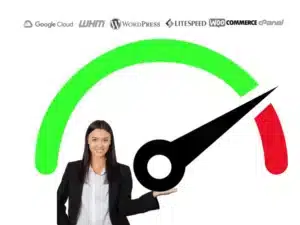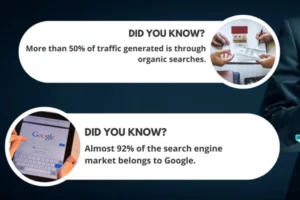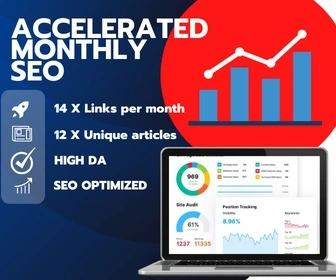Marketing campaigns is an art and science, involving several tools to take out the guess work and deliver better results. Recently I discussed B2B campaign management with the focus on Linkedin. There is however situations where retargeting, or “remarketing” as Google prefers to call it, could proof to increase your ROI and help drive better conversions. We now released an up to date business course focussed on Google remarketing, where campaign managers will interact with both Adwords and Analytics. In the meantime, should you need campaign management or consultancy, you know where to find me.
The full course on remarketing with Google Adwords and Anlytics is now available on Lynda.com so be sure to watch the intro movie. Getting a Lynda.com or Linkedin membership is the best thing you could possibly do if you manage marketing campaigns yourself since we have a huge team of professional marketers constantly releasing great courses and updates, in fact it makes the IDM and CIM training looks like a history lesson.
Why remarketing with Google, and not Facebook and Amazon?
Honestly, I’m not advocating a certain platform here, since my role is purely to help you drive better results. However, a little secret is that you don’t actually have to use Facebook for remarketing, since Google places it’s ads on Facebook inventory. However the real reason is that Google has a much wider display network than Facebook and Amazon combined. So we really have to focus on Google when it get’s to remarketing. Let me walk you through what can be expected from the soon to be released course by sharing 10 things you can expect to learn about:
1.Use Remarketing selectively – and control your budget strictly:
A deeper understanding of remarketing will help you to re-engage visitors who showed an interest in specific areas of your website, or who performed specific actions on your website. When these visitors go to other websites on the Google Display network, we can use ads to remind them about our website and even about other services and unbeatable offers they might like. So this means, we will not set our target widely as Google suggests, but really zoom in on “certain users”… note that Google has very little data on your users (unlike Linkedin and Microsoft), however you can still target the users by their behaviour, i.e. the pages they visit (or omit to visit).
2. Introduction to remarketing:
This is where we will start: “Many visitors to a website may evaluate our products and some might even progress as far as our shopping cart but then they abandon the shopping cart to go and evaluate other options or the session get’s interrupted for another reason. With Google remarketing, we can re-engage visitors who left our site in order to optimize our conversion rate.”
3. Building remarketing lists with Google Adwords VS Analytics – key differences
As a campaign specialist, I float in and out of both Adwords & Analytics. Both are really useful. However in this chapter I will describe the key differences.
4. Types of remarketing available with Google, demonstrated with examples:
I will list 5 types of commonly used remarketing on the Google network – with live examples so you know how to identify each and set up campaigns accordingly.
5. How re-engagement can increase ROI:
Remarketing can be a waste of money – or it can actually SAVE you money. Why? Since using accurate and informed targeting, you’re able to increase conversions. This assumes that we also know how to bid correctly.
6. Linking adwords with analytics:
So we’ll make sure that you know exactly how to link the two interfaces, so Google can communicate with your website and with it’s own interfaces. I will walk you through the wizzard step by step.
7. Next up we will implement “Remarketing tags” so we can turn on our targeting for the pages we wish to track.
8. Under “basic campaign setup” in Adwords – we will warm up to make sure you can get all the basics right.
9. Under “advanced campaign setup” in Analytics, we will really focus on the things you need to do to fine tune the budget and reduce all the unwanted traffic that does not convert.
10. In remarketing lists and rules you will learn how to further filter the visitors you really want – which is a process I prefer to revisit regularly as we optimize the campaign.
There is a few more things you will learn throughout the course – and I would suggest you reach out if you get stuck on your first few campaigns, so we can work through it. This includes the use of RSLA, attributes for dynamic remarketing, setting up a dynamic remarketing campaign with a display feed – and finally, using advanced targeting combinations.
As you use remarketing more for e-commerce, you will quickly come to terms with all the tips and tricks that deliver conversions. You will also see that much of the budget recommendations from Google and Clickstream can be challenged and significantly reduced, especially if you have the levels of traffic required to bypass the “1000 rule” that dictates the minimum list size.
Reach out if you’d like us to take care of your digital marketing campaigns or if you get stuck. Watch this space for details of the new course on Lynda/Linkedin, or follow Adriaan Brits on Lynda.com
Quick tip of the day on Google Analytics segmentation:
The shared library or “import from gallery” option is not always as reliable as setting up a new segment yourself.








